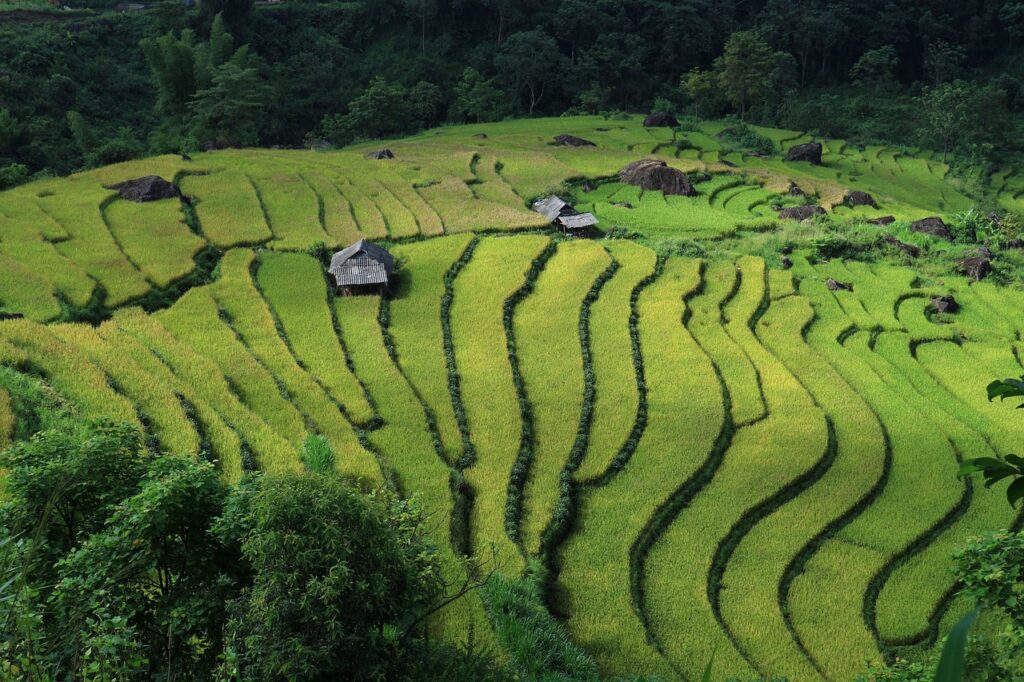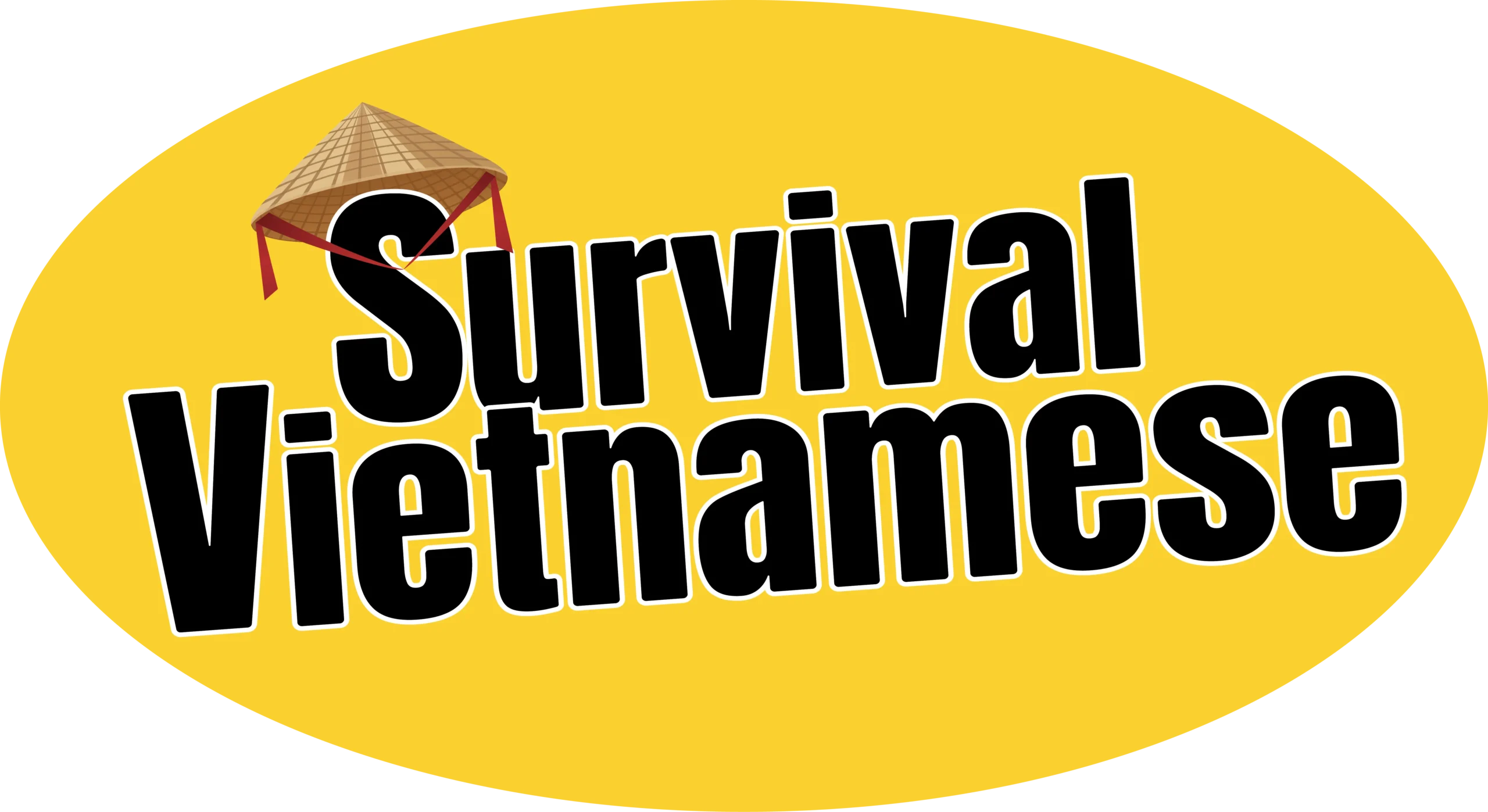Your cart is currently empty!
Where Did Vietnamese Come From?
COPY LINK
When people talk about the Vietnamese language today, most imagine the standardized northern dialect heard on national television. But the true story of Vietnamese runs far deeper, and much older.

A Language with Deep Roots
Vietnamese is not just a language shaped by war and colonization. It is part of the Vietic branch of the Austroasiatic language family, which also includes languages like Khmer and Mon. This places its roots far back in time, long before the formation of a unified Vietnamese state.
So where did it begin?
According to historian Ben Kiernan, early ancestors of the Vietnamese—speakers of what scholars call Proto-Vietic—migrated from the southwest, not the Red River Delta. He writes:
“These speakers of an ancestral Vietnamese tongue originated from the southwest, in the uplands of what are now the north-central Vietnamese provinces of Nghệ An and Quảng Bình, and an adjacent inland region of east-central Laos.”
— Viet Nam: A History from Earliest Times to the Present, p. 43
This theory is supported by linguist James R. Chamberlain, whose fieldwork found that 17 out of 26 known Vietic languages are still spoken in this central highland zone. The area remains the most diverse linguistic center for Vietic languages, suggesting it may be their original homeland.
So Why Is Central Vietnamese So Different?
Many Vietnamese learners (and even native speakers) notice how central accents, like those from Nghệ An, Quảng Bình, or Quảng Nam, sound vastly different from northern or southern speech. There are three major reasons:
1. It’s the Oldest Region of Vietnamese Development
If Proto-Vietic first took root in north-central Vietnam, then the dialects that grew from it had more time to diversify. Think of it like the center of a tree—the closer to the roots, the more branching occurs.
This helps explain why modern Vietnamese dialects are most varied in the central zone: it simply had the longest time to evolve.
2. The Geography Encouraged Isolation
Central Vietnam is narrow and mountainous, with deep valleys and rugged terrain. According to multiple sources, this geography kept communities apart for centuries, especially in regions like Nghệ An, Hà Tĩnh, and Quảng Bình.
Even neighboring villages developed distinct ways of speaking, leading to the remarkable micro-variations you hear today. In these highland zones, many small Vietic languages like Rục, Arem, and Maleng are still spoken—each preserving unique features from the ancient past.
3. Layers of Cultural Contact
The central coast of Vietnam was once home to Champa, a powerful kingdom of Austronesian speakers. Trade, war, and intermarriage brought centuries of contact between Vietic and Cham people.
Linguists like Mark Alves and Andrea Hoa Pham suggest that some words, rhythms, and even tone patterns in modern central Vietnamese may reflect this contact.
For instance, central dialects:
- Borrow words from Cham, especially in areas like food, ritual, and music.
- Often soften or drop final consonants (like -t or -k), a feature also seen in Cham speech.
- Tend to preserve tone distinctions like hỏi vs. ngã more clearly—just like Cham-influenced Vietnamese speakers today.
Why It Matters
Understanding the origins of Vietnamese helps us appreciate the richness and complexity of the language. It also challenges the idea that only the standardized northern dialect represents the “real” Vietnamese. Some of the oldest and most intricate forms of the language survive not in Hanoi, but in the hills and valleys of central Vietnam.
Sources Cited:
- Ben Kiernan, Viet Nam: A History from Earliest Times to the Present (2017)
- Mark Alves, Linguistic Research on the Origins of the Vietnamese Language (2006)
- Mathias Jenny & Paul Sidwell, The Handbook of Austroasiatic Languages – Chapter 13: Vietnamese
- James R. Chamberlain, fieldwork cited in Kiernan (p. 43)
- Andrea Hoa Pham, Tonal Changes in Vietnamese: From the Seventeenth Century to the Present
- The Cham of Vietnam: History, Society, and Art, Trần Kỳ Phương & Bruce Lockhart (eds.)
Want to Start Learning Now?
Check out our friendly guides, vocabulary lists, and cultural tips, all made for curious learners like you. Stay curious, stay humble, and keep surviving, the Vietnamese way.

Join our live classes with expert teachers or study anytime with our self-paced courses — made for beginners, heritage learners, and anyone serious about speaking Vietnamese naturally.
Start your learning journey today!
See our most recent posts on Instagram!
Practice Vietnamese with our videos on YouTube!
